It’s the fall of 2014 and a man in his late 30s is glued to his controller at 3am, traversing a beautiful landscape rendered before his eyes as he hunts, shoots, skins, rappels, drives, and hanglides his way to freeing the land from a tyrannical group of rebels. The game: Far Cry 4. The man: isn’t it obvious? Me. Back then, this was the pinnacle of my solo video gaming experience. A meticulously-crafted world where anything and everything could be done. There was no one direct path to victory, no ‘right’ way to do anything.
But to quote Ferris Bueller, “It’s like a museum. It’s very beautiful, and very cold, and you’re not allowed to touch anything.”
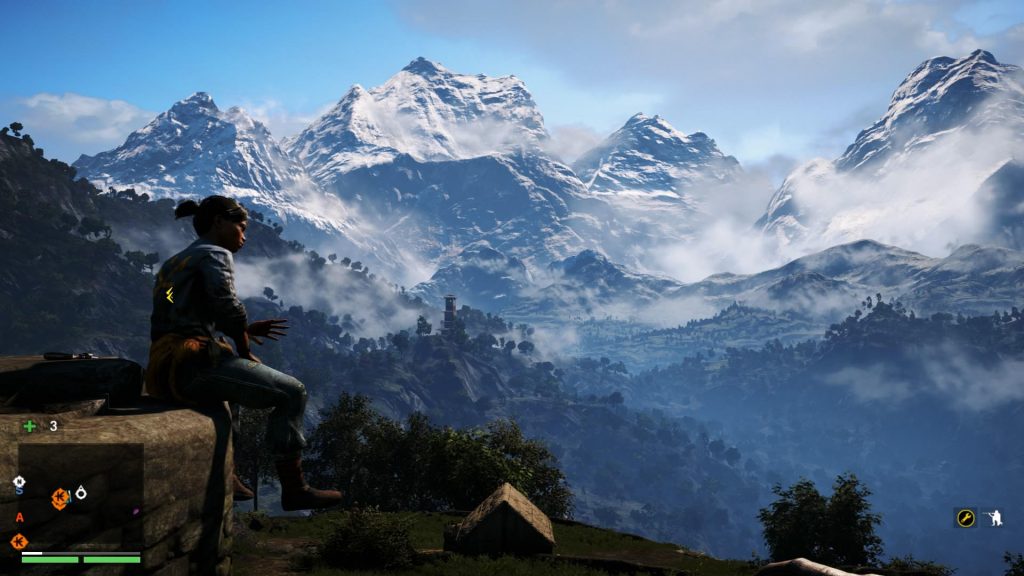
Like most of us, I love to play games. It wasn’t always just video games, they’re simply the shiniest and most accessible option available. As with every modern pop culture passion, the genesis of my love of gaming begins in the 80s (doesn’t everything begin in the 80s?). Starting with the classic board games we all played as kids (Monopoly, Life, Candyland), to the more seemingly esoteric (Miles Bornes, Dark Tower, Crossbows and Catapults); board games became a particular obsession for me. Any chance my brother and I had, we’d break out one of the above, or play a quick game of Uno (by quick, I mean 2 hours), or try to wrap our young minds around Axis and Allies. It didn’t always work, but it was always worth the try.
Around this same time, I became equally fascinated by computer games. Infocom games were the rage (or at least to me they were; I have no idea if they were as popular outside my little pre-teen bubble). I enjoyed not only the games, but the packaging that came along. If you aren’t familiar, Infocom games were text-based adventures and each would come with physical materials either used in the game (a circular wheel to enter a code, an actual physical map, et al) or just included for flavor (postcards of vistas, a book of background information about the organizations you’d encounter, velvet bags with an actual faux gem) and were lovingly referred to as ‘feelies’. These added a physical dimension to a computer game, and still remain in my mind as my favorite accessories in any games.
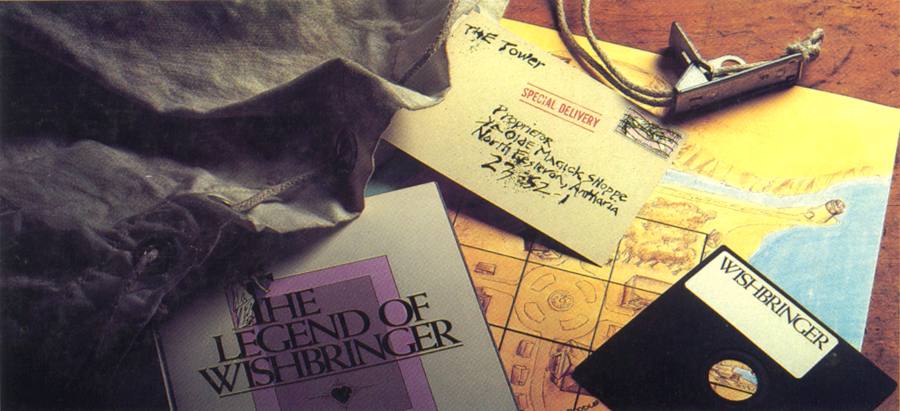
Not long after my fascination with computer games came the thing that changed it all: The Nintendo. Who needed to wait for their brother to be around when they could just throw a cartridge in, fire it up, and be on their way? I spent so much time trying to master Metroid, Super Mario Bros., Legend of Zelda, and any of the countless titles, and the hours just whizzed by my eyes as the years moved along. Video games surely had taken their hold on me, and this was a hold that would carry on for years until I had all but ceased to play tabletop games.
Then came massively multiplayer online gaming (MMO), which purported to bring some of the social element back to video games by allowing play with folks all over the world. Questing together, just like D&D!
While I had already been playing online with peer-to-peer games like Civilization or Starcraft, this was a whole new way to bring that interaction back into gaming. At first, it was a revelation: questing with friends and strangers near and far at any time of day. Instant game on demand! Friendships were forged, alliances made, and the number of arguments and yelling matches during raids on Ventrillo were more frequent than I care to admit. However, no matter how many hours I played something was still missing. It’s an indefinable element, but I could feel its absence in my heart of hearts.
Tabletop RPGs gave you a sense that the world was alive, interactive, that what you did had an impact. In the MMO, there was typically nothing you could touch or leave a lasting impact on; just a chat log that could be read by your descendants from the fire under the night sky (if that sort of thing were to happen, it’s possible; fine, I believe Cloud Atlas’ vision of the future, leave me be).
It was around this time in 2014, around 3:15am or so to be exact, this sense of emptiness filled me. Yes, what I was playing was mechanically marvelous. Yes, it was artistically phenomenal. Yes, I was able to do anything I wanted within the world of Far Cry. But what I wanted wasn’t what I thought I wanted. The immersion wasn’t something to be found in high quality rendered graphics, but was a quiet result of meaningful interaction with the world..
In the simplest terms: I wanted to impact the game world, even in some small way.
I thought back to those days of playing Crossbows and Catapults, building up a wall around a castle with my hands, and playing with friends to tear down or defend those structures we built. It was mere plastic, and the construction wasn’t especially high quality, but that tactile sense of doing something with my own two hands with friends right in front of me, that’s what I had been missing. Within the rules of the game, those pieces of plastic wall and armaments were more satisfying and liberating than countless hours of digital exploration.
And in the most cliched story possible, I thought about Catan. I’d played it a number of times with my brother and his kids while visiting them in Syracuse. It wasn’t the most complex of games, and the idea was simple enough: get enough materials to build the most cities, the biggest roads, the biggest armies. The board was comprised of ever-changing hexagons, the resources were never in the same spots, the requirements were never the same to obtain them. It was seemingly infinite replayability in a confined space. When I played at the time, I didn’t think too much of it other than I enjoyed it. Sitting in the dark in the middle of the night, I wanted to play it (or really anything like it) more than anything.
It was at this moment I began to really seek out what would come to be called the “modern board game”. I didn’t know what heavy Euros were, no idea what worker placement meant, and knew nothing about deck-builders. I just liked the wooden roads and buildings, rolling the dice, and picking up cards as resources; the feel of it in my hand, watching other people as you play. I thought of those Infocom games from before, the artifacts that tied the gameplay into the theme. It was as immersive as any open-world game I could ever ask for. And it was real (ish).
This began a multi-year, albeit slow, journey into learning about the modern world of gaming. I went to a lot of local meetups and learned as many games as I could. While everyone enjoys a good party game or social game (which can be fun) what really drew me was the heavy Euro. The intricate rules, the complexity and strategy behind each turn. It was immersion in a way I could never have with just a controller. Here, I had a player board, a series of cards, various meeples to represent my workers or my armies or my business, a number of objectives I had to meet and a myriad of ways to meet them.
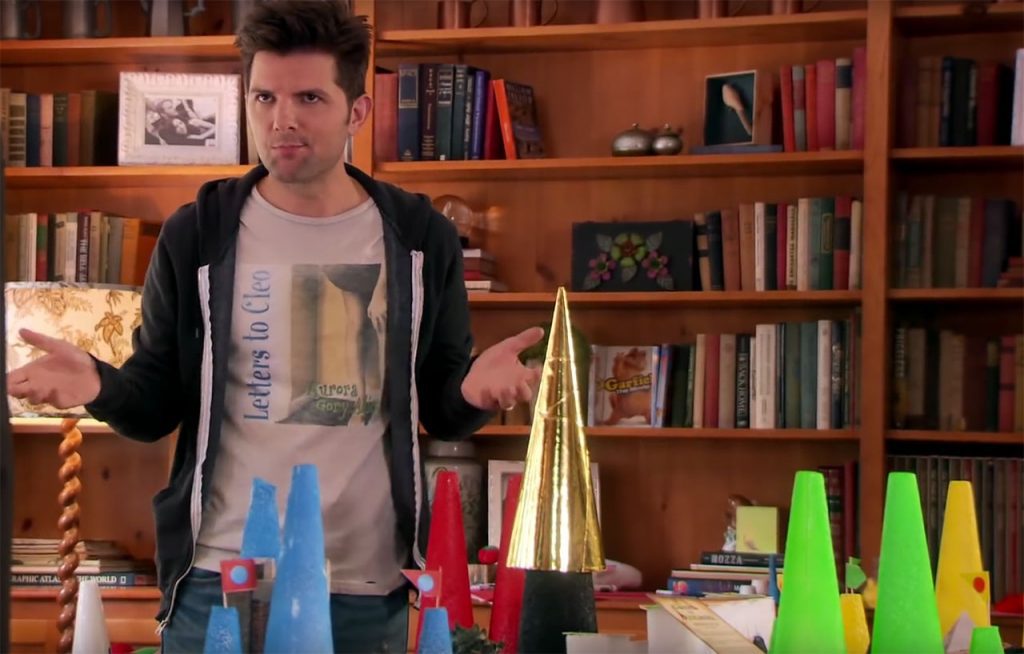
Power Grid, Lords of Waterdeep, Lisboa, and Puerto Rico, just game after game learning different rules and gameplay styles to best opponents, conquer the galaxy, and expand my fictional empire. I played at Meetup groups, local game stores, with family and friends, and even took a trip to GenCon last year (which REALLY showed me how much deeper this rabbit hole goes). This was a new mode of learning for me, a new way of enjoying games without having to stare at a screen for hours on end but friends and/or strangers (sometimes for hours on end; I’m looking at you, Twilight Imperium).
Tabletop games, along with my appreciation and adoration, continue to evolve. My gaming experience has come full circle. The recent trend of legacy games brings me back to the root of what I loved in the MMO world; the persistent world, the continued story and development of character. Now, I have those features that I loved coupled with the tangible real world element and interaction I felt was missing.
Picture this: It’s 2018, and this same man now finds himself up all night with friends playing the same game they started 7 hours earlier; the fate of the universe hangs in the balance, and it will be determined one turn at a time. Of course, this is still me. And this is our shared tabletop universe.



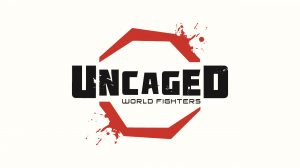

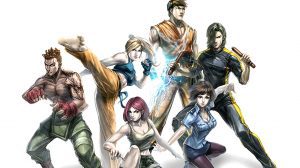





Add Comment